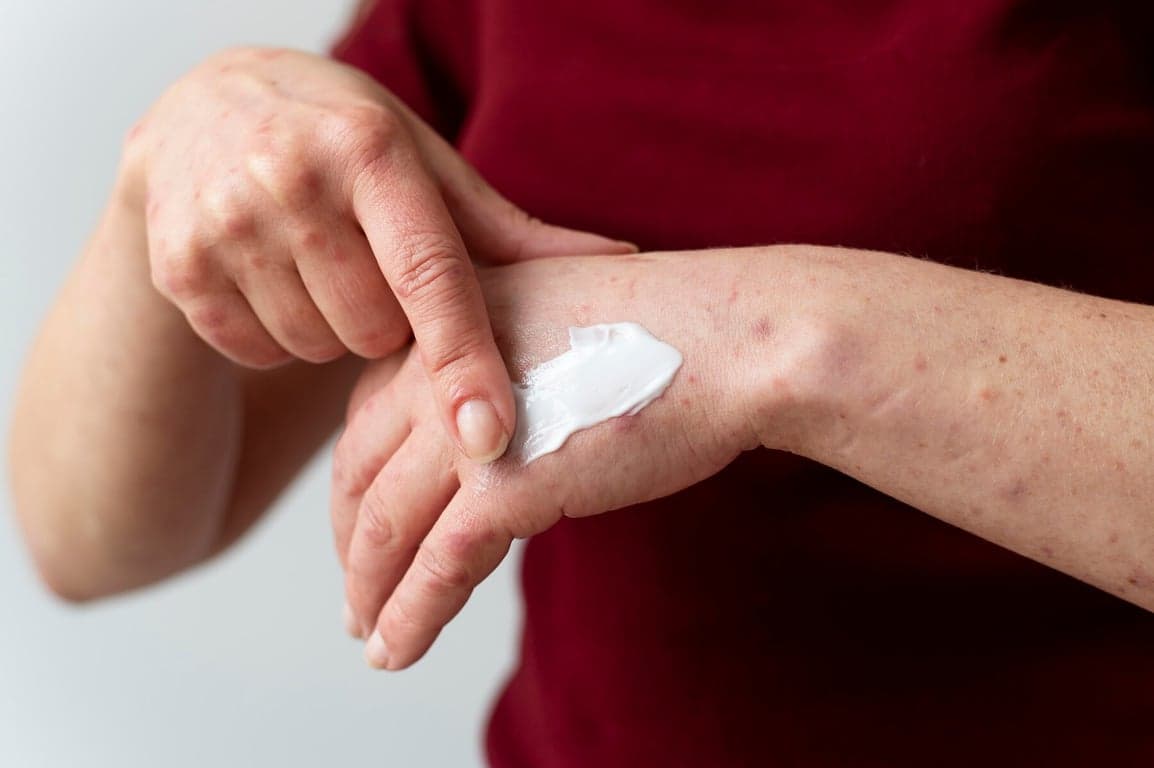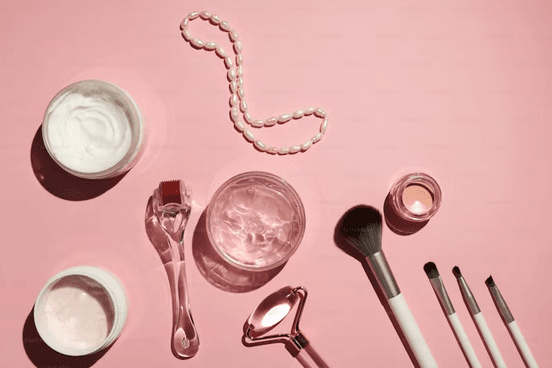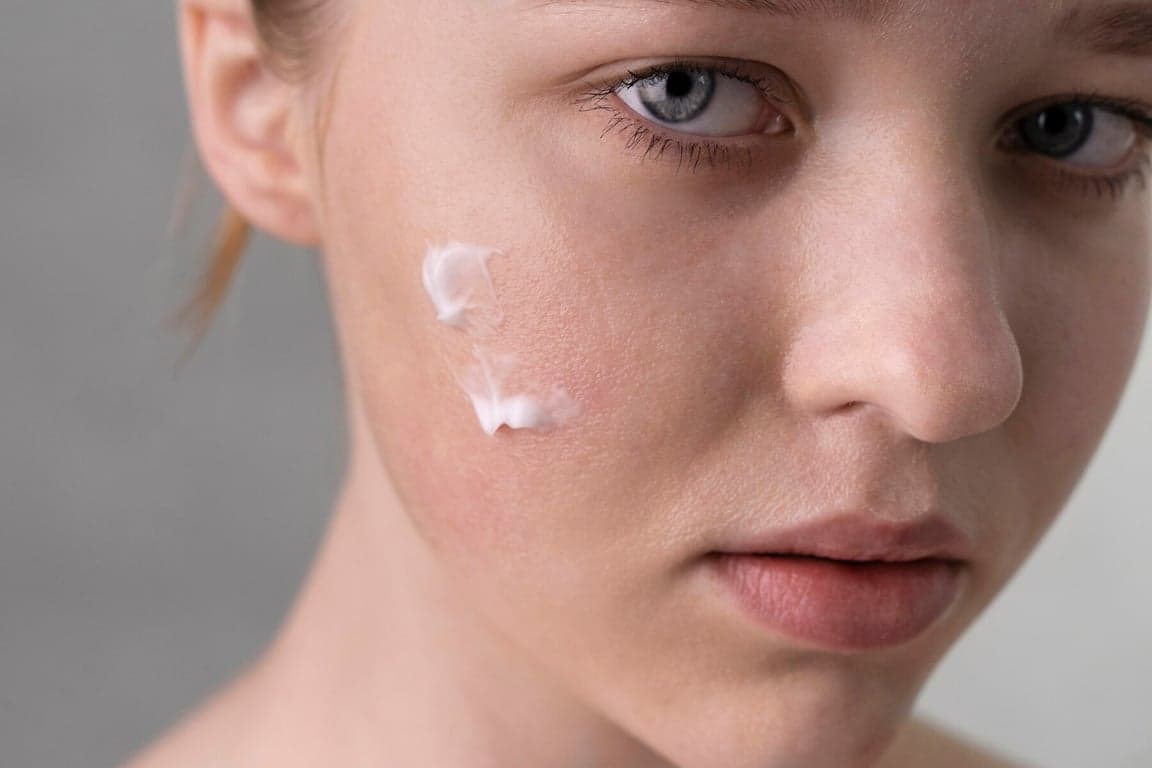What are Pimple Patches?
When some people see an active pimple on their face, their first instinct may be to cover it up using a pimple patch. This method is popular because not only is it convenient, but it can often be decorative as they come in a variety of shapes and sizes. But the main purpose of a pimple patch is to create an optimal environment where the pimple is allowed to heal quicker. This is possible because the patch drains the pimple of its fluid and creates a physical barrier where nothing can accidentally brush up against it and add excess bacteria that can further infect the area.

Different Types
There are three main varieties of pimple patches, which depending on their type, can offer additional benefits. Non-medicated patches are the most common and serve all the functions mentioned above. They are also known as hydrocolloid patches because they are made of hydrocolloid, which is a material traditionally used for bandaging wounds. This is because it has an exceptional ability to attract water and create a moist environment where the wound can heal quickly.
Medicated pimple patches contain active ingredients such as salicylic acid and tea tree oil that are allowed to better absorb into targeted areas of the skin. Microneedle patches also utilize such ingredients, but contain small needles that are able to better penetrate into deeper layers of the skin to deliver such components to areas where it is needed.
How to Use
It is best to apply hydrocolloid pimple patches when you notice a pus filled pimple that appears as a white fluid. But it can also be effective to apply one even after it has popped so that further inflammation is avoided. To ensure that the adhesive sticks to the skin, the patch should ideally be applied immediately after cleansing your face, before you do the rest of your skincare routine.
For optimal results, it’s recommended that you leave them on overnight, anywhere from 6 to 12 hours. After you peel them off, it is expected that the pimple will appear flatter and less inflamed, with the excess white pus residue left behind on the patch.
While these benefits may seem tempting, it is important to remember that pimple patches are short term solutions, meaning they are unable to treat or prevent acne in the long run. So if you are struggling with consistent acne, it is ideal to consult a dermatologist to find other means treating the issue.
Sources
1. Pimple Patches and What They Offer. American Chemical Society. https://www.acs.org/education/resources/highschool/chemmatters/articles/pimple-patches-and-what-they-offer.html#:~:text=These%20spot%20treatments%20act%20as
2. ensouladmin. Pimple Patches for Acne – How Effective Are Acne Stickers? Ensoul Medical Clinic. Published April 5, 2022. Accessed January 28, 2024. https://ensoulclinic.com/pimple-patches-for-acne-how-effective-are-acne-stickers/
3. The Patch Match: The Best Pimple Patches for All Kind of Pimples. Hero Cosmetics. Accessed January 28, 2024. https://www.herocosmetics.us/blogs/news/the-best-pimple-patches-for-all-kind-of-pimples
4. Weishaupt J. What Are Hydrocolloid Patches for Pimples? WebMD. Published May 8, 2023. https://www.webmd.com/skin-problems-and-treatments/acne/what-are-hydrocolloid-patches-for-pimples
5. Do Pimple Patches Actually Work? Cleveland Clinic. Accessed January 28, 2024. https://health.clevelandclinic.org/how-do-pimple-patches-work
Author: Rebecca He


